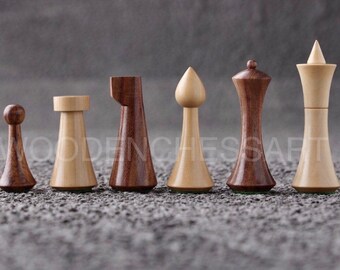

The plans for making such humanoid automatons were stolen from the kingdom of Rome, a generic term for the Greco-Roman-Byzantine culture. The Indian Lokapannatti, a collection of cycles and lores produced in the 11th or 12th centuries AD, tells the story of how an army of automated soldiers (bhuta vahana yanta or "Spirit movement machines") were crafted to protect the relics of Buddha in a secret stupa. Īn Elizabethan woodcut of a Brazen Head speaking: "Time is. The Liezi rebuts Buddhist philosophies and likens human creative powers to that of the Creator. Prior to the introduction of Buddhism in the Common Era, Chinese philosophers did not seriously consider the distinction between appearance and reality. A similar tale can be found in the near contemporary Indian Buddhist Jataka tales, but here the intricacy of the automation does not match that of Master Yan. The king marveled "is it then possible for human skill to achieve as much as the Creator?" and confiscated the automation. The king is fascinated and experiments with the functional interdependence of the automation by removing different organlike components. So the craftsman cut the automation open and revealed the inner workings of the artificial man. But the king flew into a rage when apparently the automation started to flirt with the ladies in attendance and threatened the automation with execution. The automation was indistinguishable from a human and performed various tricks for the king and his entourage.

In chapter 5 King Mu of Zhou is on tour of the West and upon asking the craftsman Master Yan Shi "What can you do?" the royal court is presented with an artificial man. The implications of humanoid automatons were discussed in Liezi (4th century CE), a compilation of Daoist texts which went on to become a classic. Įarly Chinese lore on the legendary carpenter Lu Ban and the philosopher Mozi described mechanical imitations of animals and demons. Humanoid automations also feature in the Epic of King Gesar, a Central Asian cultural hero. The "precious metal-people" weeped when Buddha Shakyamuni died. The Buddhist scholar Daoxuan (596-667 AD) described humanoid automata crafted from metals that recite sacred texts in a cloister which housed a fabulous clock. According to Egyptian lore, pharaoh Hatshepsut dispatched her squadron to the "Land of Incense" after consulting with the statue of Amun. The statues would reply with a movement of the head.

In the New Kingdom of Egypt, from the 16th century BC till the 11th century BC, ancient Egyptians would frequently consult these statues for advice. They were believed to have a soul (a kꜣ), derived from the divinity they represented. The statues were animated and played a key role in religious ceremonies. In ancient Egypt, statues of divinities were made of stone, metal or wood. To take the golden fleece Jason was also required to tame two fire-breathing bulls with bronze hooves and like Cadmus he sowed the teeth of a dragon into soldiers. Talos was eventually destroyed by Medea who cast a lightning bolt at his single vein of lead. In Greek mythology, Hephaestus created utilitarian three-legged tables that could move about under their own power, and a bronze man, Talos, that defended Crete. Many ancient mythologies included artificial people, such as the talking mechanical handmaidens ( Ancient Greek: Κουραι Χρυσεαι (Kourai Khryseai) "Golden Maidens" ) built by the Greek god Hephaestus ( Vulcan to the Romans) out of gold. Miniature from a 14th-century manuscript of Pygmalion working on his sculptureĬoncepts of artificial servants and companions date at least as far back as the ancient legends of Cadmus, who is said to have sown dragon teeth that turned into soldiers and Pygmalion whose statue of Galatea came to life.


 0 kommentar(er)
0 kommentar(er)
